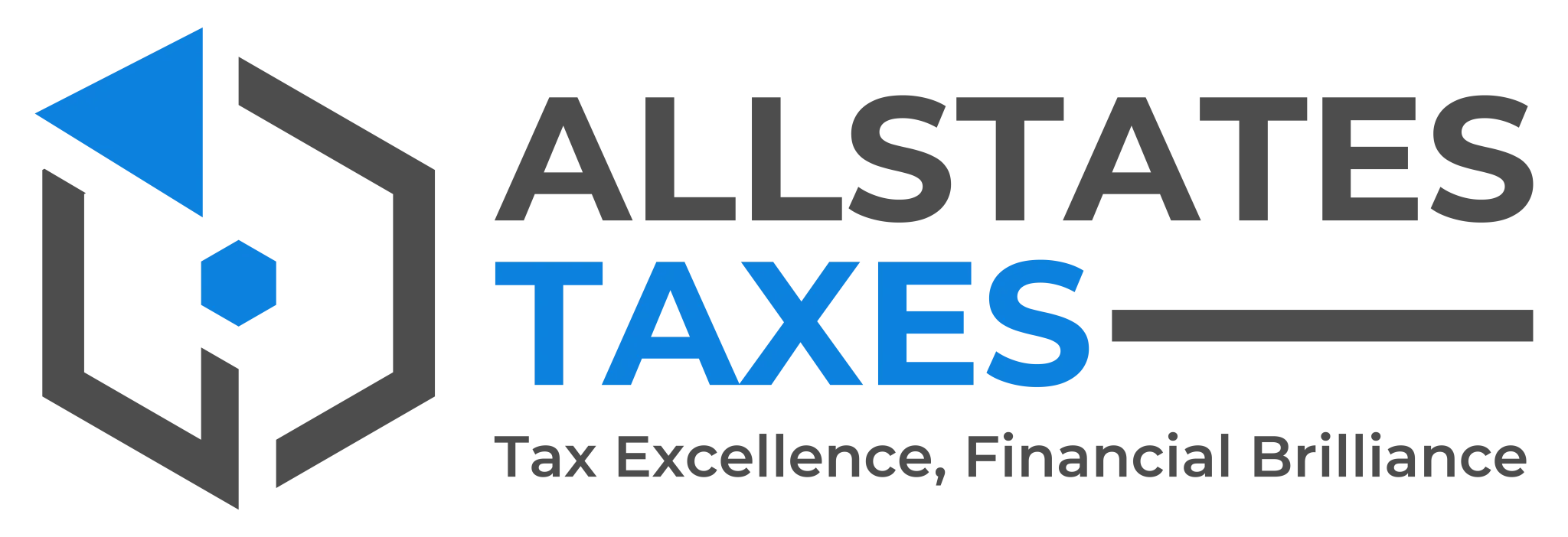The 1040 tax form is the centerpiece of the U.S. individual income tax filing system. Every year, millions of Americans use this form to report their earnings, claim deductions and credits, and determine their tax liability or refund.
Whether you’re filing your taxes for the first time or you’re an experienced taxpayer, understanding the 1040 tax form is essential for accurate and efficient tax filing. In this guide, we’ll cover every aspect of the form, from its purpose to how to fill it out and which schedules you may need to attach.
What is the 1040 Tax Form?
The 1040 tax form—formally known as the “U.S. Individual Income Tax Return”—is a standard form used by U.S. citizens and residents to report their annual income to the IRS. It is the primary form for tax filing in the U.S. and includes all types of taxable income, deductions, and tax credits.
Further more by submitting this form, taxpayers can calculate whether they owe additional taxes or are entitled to a refund.
The form has evolved over time to reflect new tax laws, but its core purpose remains the same: to ensure that individuals report their income accurately to the government
Who Needs to File Form 1040?
Most U.S. citizens and residents who earn income must file a 1040 tax form. However, there are specific income thresholds based on filing status, age, and income type that determine whether you are required to file. For instance:
- Single filers: If you earn more than $14,600 in 2024 (or $13,850 for 2023), you are required to file.
- Married filing jointly: For couples under the age of 65, the threshold is $29,200 for 2024.
If you are self-employed and have net earnings of $400 or more, you must file, regardless of whether you meet other income thresholds. Additional circumstances—such as owing taxes on a health savings account or capital gains—also trigger the requirement to file a 1040
Different Versions of the 1040 Form
While most taxpayers use the standard Form 1040, there are specialized versions depending on specific circumstances:
- Form 1040-NR: For non-resident aliens who are engaged in trade or business within the U.S.
- Form 1040-SR: Tailored for seniors, featuring larger print and simpler language
NerdWallet: Finance smarter - Form 1040-ES: Used to estimate and pay quarterly taxes for those who receive income not subject to withholding, such as self-employment income.
Policygenius
Choosing the correct version of the form ensures that your income is reported accurately and that you claim the appropriate deductions and credits.
Key Sections of the 1040 Tax Form
The 1040 tax form consists of two primary pages, each with several key sections:
- Personal Information: This section includes your name, address, Social Security number, and filing status (single, married filing jointly, etc.). You must also provide information about your spouse and dependents if applicable.
- Income: The income section is where you report all sources of taxable income, including wages, salaries, taxable interest, dividends, and capital gains. Each line corresponds to a different income type, and you may need to attach additional forms (called schedules) if you have more complex income sources
- Adjustments to Income: Certain expenses, such as contributions to retirement accounts or educator expenses, can reduce your total taxable income. These are calculated in this section.
- Tax and Credits: This is where you calculate your total tax liability after applying deductions and credits. Some credits are refundable, meaning they could result in a refund even if your tax bill is zero.
- Other Taxes: If you owe additional taxes—such as the self-employment tax or the alternative minimum tax—this section will help calculate that
- Payments and Refunds: If you’ve paid more taxes than you owe throughout the year, you’ll get a refund. If not, this section will calculate the amount of tax you still need to pay.
Common Schedules Associated with the 1040 Tax Form
Depending on your tax situation, you may need to attach one or more additional forms, known as schedules, to your Form 1040. Some of the most common schedules include:
- Schedule A (Itemized Deductions): Used by taxpayers who choose to itemize deductions instead of taking the standard deduction. Deductions can include mortgage interest, medical expenses, and charitable donations
- Schedule B (Interest and Dividends): Required if you earned more than $1,500 in interest or dividends
- Schedule C (Profit or Loss from Business): For self-employed individuals, freelancers, and independent contractors, this form reports your business income and expenses
- Schedule D (Capital Gains and Losses): Necessary if you sold assets like stocks or real estate during the year
Attaching the correct schedules is critical to ensure accurate reporting of your income and deductions, and to avoid potential penalties or audits.
How to File Form 1040
There are two primary ways to file your 1040 tax form:
- E-Filing: This is the most popular and efficient method. The IRS offers free filing options through its Free File program for individuals earning below a certain income threshold. Many taxpayers also use commercial software or hire a tax preparer
- Mailing the Form: While less common today, you can still submit a paper version of the 1040 tax form. Be sure to include all necessary schedules and attach your W-2 forms
FAQs
Do I have to file a 1040 if I didn’t earn much money?
If your income is below the IRS filing threshold, you may not need to file. However, filing could still be beneficial if you qualify for certain refundable credits, like the Earned Income Tax Credit
What is the standard deduction for 2024?
For single filers, the standard deduction is $14,600. Married couples filing jointly have a deduction of $29,200
What happens if I make a mistake on my 1040 form?
You can file an amended return using Form 1040-X. The IRS allows amendments for up to three years from the original filing deadline
Do I need to file additional schedules?
That depends on your situation. If you have income from investments, self-employment, or rental property, you may need to attach schedules like Schedule C or Schedule D
Can I file jointly with my spouse?
Yes, married couples can file jointly on the same 1040 tax form, which often results in tax advantages
How do I know if I qualify for credits or deductions?
Credits and deductions are based on your income level, family size, and other factors. You can use tax preparation software to identify which credits apply to you
Conclusion
The 1040 tax form is a vital document for U.S. taxpayers, providing the framework to report income and claim deductions or credits. While it may seem complex at first, understanding the form’s structure, associated schedules, and filing requirements can simplify the process. Whether you’re self-filing or seeking help from a tax professional. Make sure to review your options and ensure that you’re filing an accurate, complete return to avoid any costly errors.



